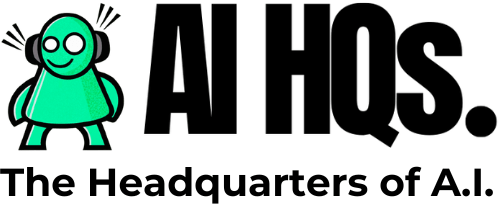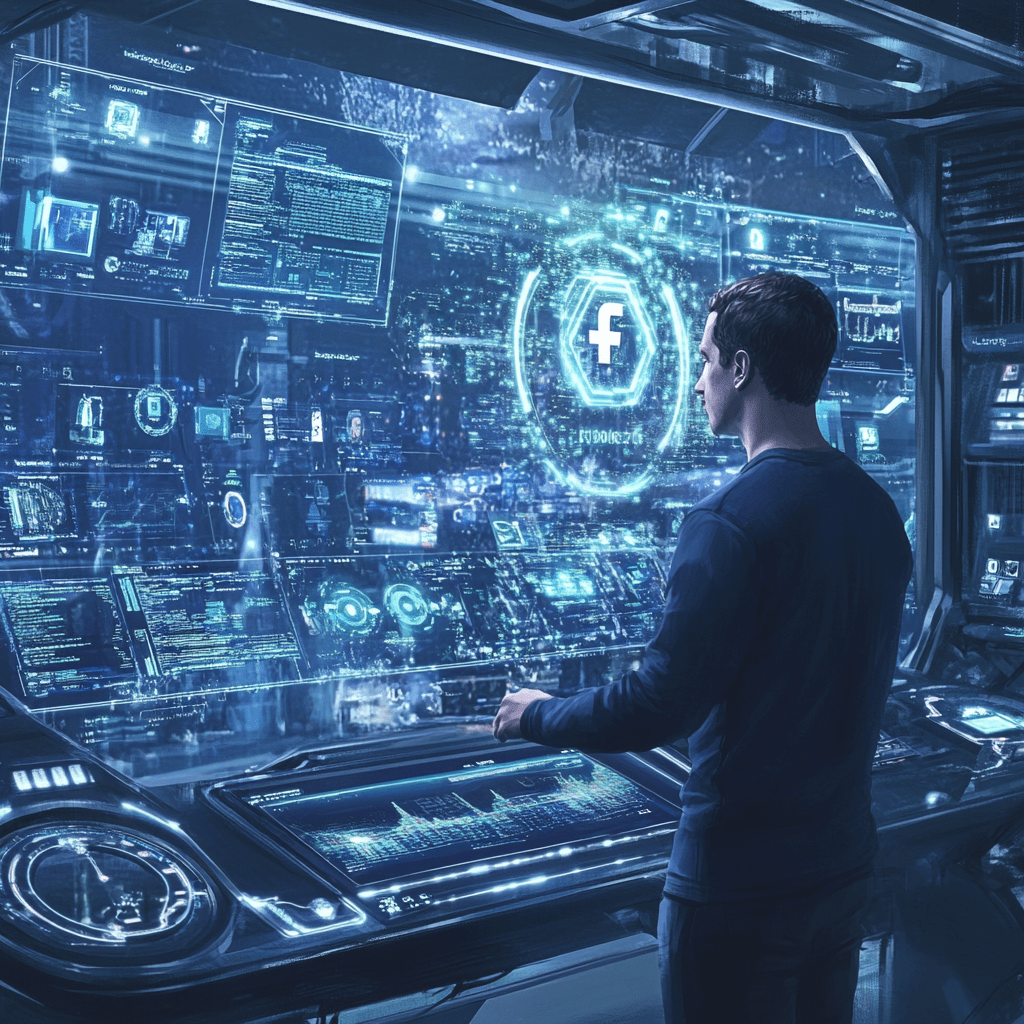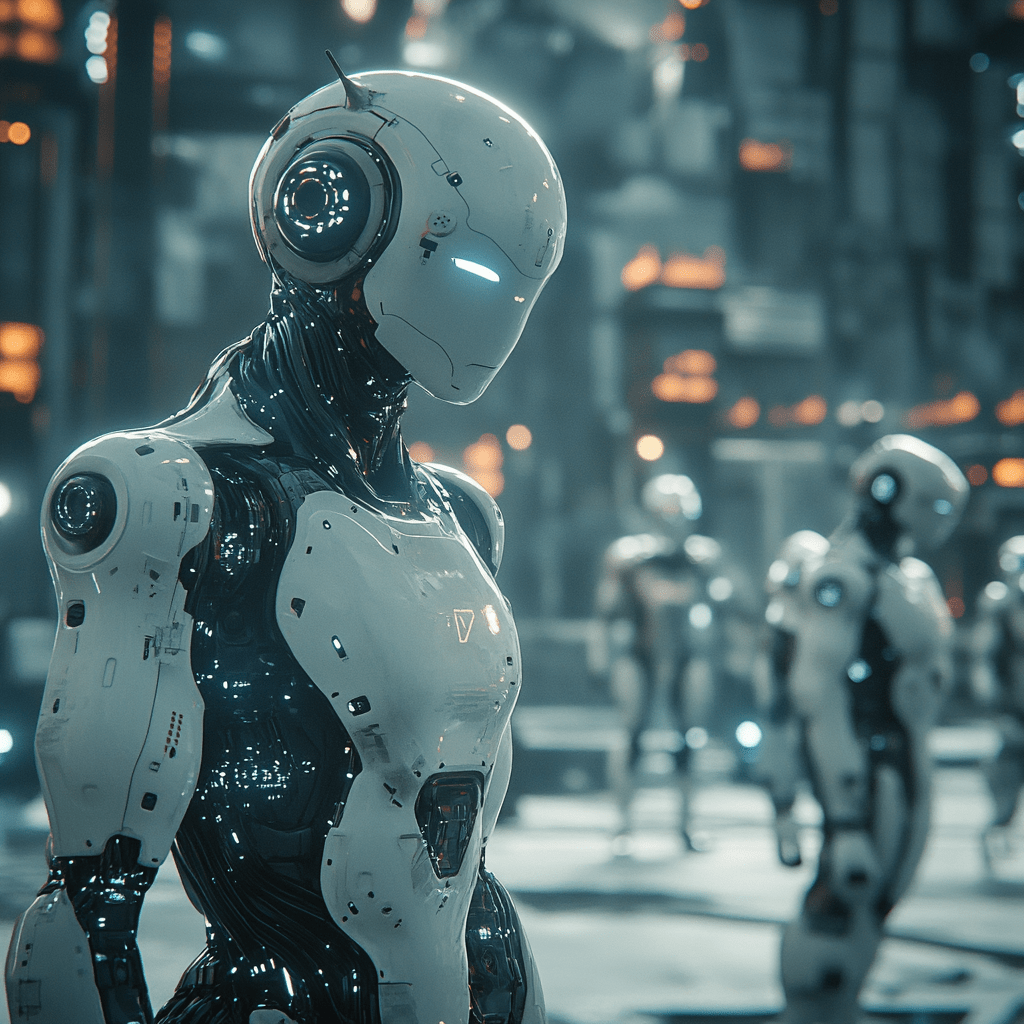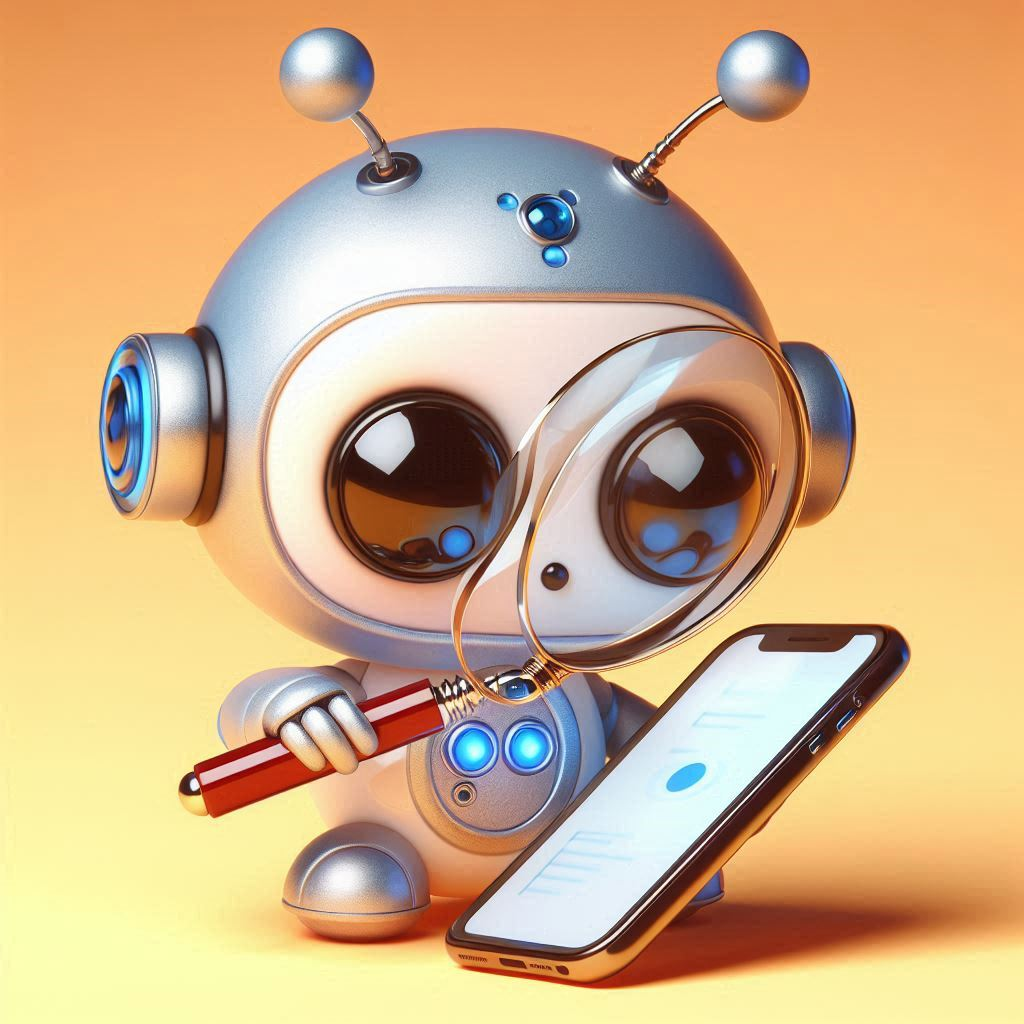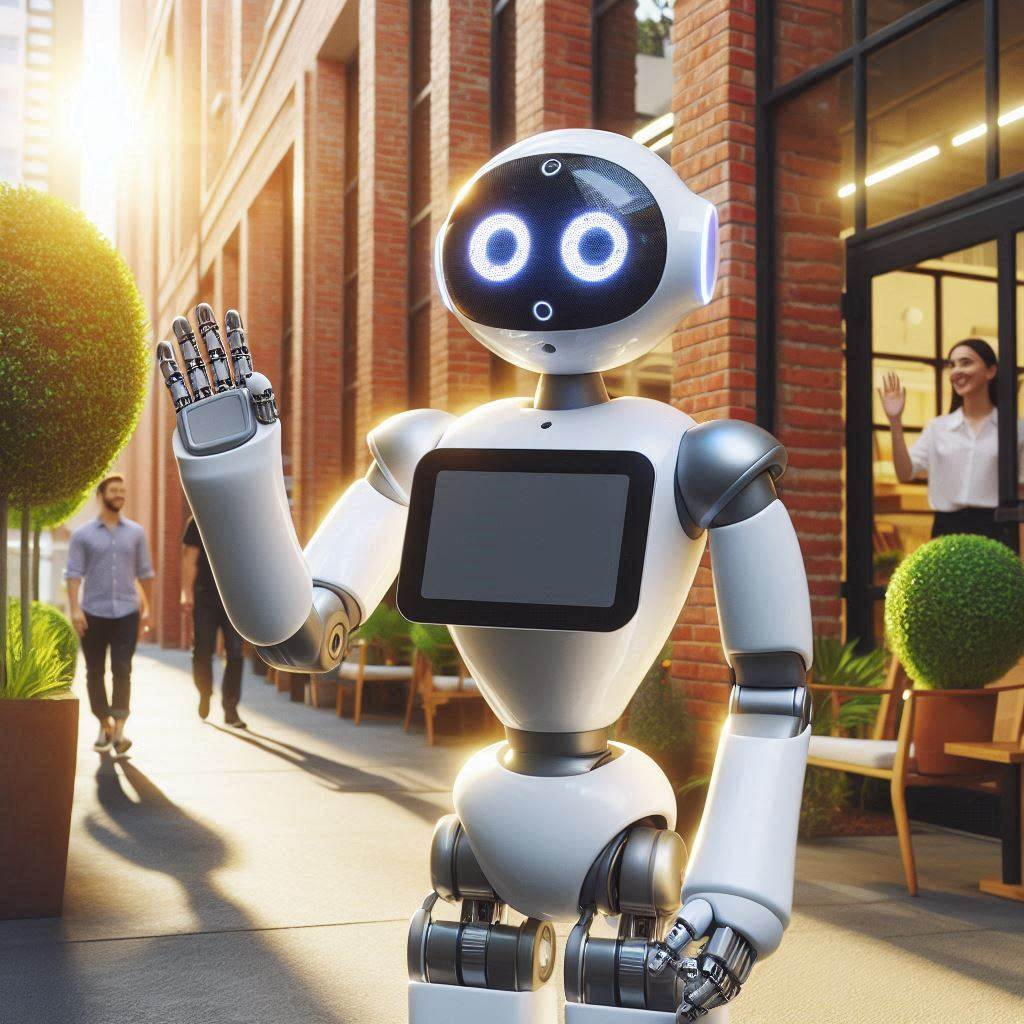Microsoft VCR Analogy in NYT AI Case
In recent legal developments, Microsoft and OpenAI have found themselves embroiled in a copyright lawsuit brought forth by The New York Times (NYT). This lawsuit, echoing the battles of the past, draws parallels to the historic clash between the movie industry and the advent of the VCR in the 1980s. Microsoft has urged the federal court to dismiss parts of the lawsuit, citing similarities to the arguments that failed against the VCR.

The roots of this legal tussle trace back to the claim that Microsoft and OpenAI utilised NYT’s copyrighted material in the development of their AI products without proper authorisation. Microsoft, however, contests the validity of these claims, likening the situation to the copyright battles of the past, particularly the Sony Corporation of America v. Universal City Studios case, where the Supreme Court ruled in favour of the VCR’s legality despite initial resistance from the movie industry.
The crux of Microsoft’s argument lies in the assertion that copyright law should not impede technological innovation. Just as the VCR paved the way for new forms of media consumption, Microsoft argues that AI technologies like OpenAI’s GPT (Generative Pre-trained Transformer) models should not be stifled by outdated perceptions of copyright infringement. They contend that offering multi-use products does not inherently imply liability for potential infringement by end-users.
On the other side, The New York Times has vehemently criticised Microsoft’s stance, accusing the tech giant of downplaying the seriousness of the copyright infringement allegations. The Times asserts that Microsoft and OpenAI knowingly utilised its copyrighted works without permission, thereby profiting from its journalism without due compensation. Furthermore, they accuse Microsoft of engaging in deceptive tactics to evade accountability for their actions.
OpenAI, a key player in this legal drama, has countered The Times’ accusations by alleging that the newspaper orchestrated ‘contrived attacks’ to gather evidence against them. They claim that The Times manipulated their AI models to generate fake NYT content, thereby exaggerating the extent of copyright infringement. OpenAI contends that The Times’ actions constitute an attempt to undermine their products and tarnish their reputation.
In response to OpenAI’s allegations, The New York Times has maintained its stance, insisting that their actions were necessary to protect their intellectual property rights. They argue that OpenAI’s use of their copyrighted material poses a threat to their business model and undermines the value of their journalism. The Times seeks not only monetary compensation but also demands the removal of any AI models trained using their copyrighted works.
As the legal battle unfolds, both sides are preparing to present their cases before the court. Microsoft and OpenAI are poised to defend their use of AI technologies as transformative innovations that benefit society, while The New York Times remains steadfast in its pursuit of justice for what it perceives as blatant copyright infringement.
Beyond the legal intricacies, this dispute underscores the complex relationship between technology and intellectual property rights in the digital age. As AI continues to advance, questions surrounding copyright law and fair use will only become more pressing. The outcome of this lawsuit could have far-reaching implications for the future of AI development and the protection of intellectual property in the digital landscape.
Expanding upon this intricate legal saga, it becomes evident that the issues at play extend beyond mere copyright infringement. At its core, this dispute raises profound questions about the ethical and societal implications of AI technology.
One of the key concerns is the potential for AI models like OpenAI’s GPT to generate misleading or fabricated content, as alleged by The New York Times. The notion of AI-generated ‘hallucinations’ underscores the need for robust safeguards to prevent the dissemination of misinformation. As AI becomes increasingly proficient at mimicking human language and producing seemingly credible outputs, the risk of malicious actors exploiting this technology for nefarious purposes looms large.
Moreover, the question of accountability looms large in the realm of AI development. Who bears responsibility when AI systems produce unauthorised copies of copyrighted material? Is it the developers who created the models, the users who employ them, or the platforms that host these technologies? This legal battle serves as a litmus test for addressing these complex issues and establishing clear guidelines for ethical AI development and usage.
Furthermore, the case underscores the evolving dynamics between traditional media outlets and technology companies. As AI-driven platforms gain prominence in the dissemination of news and information, traditional media organisations face new challenges in protecting their intellectual property and maintaining their relevance in a rapidly evolving media landscape. The outcome of this lawsuit could have far-reaching implications for the future of journalism and the balance of power between media conglomerates and tech giants.
Beyond the legal realm, there are broader implications for the future of AI innovation. The outcome of this case may influence the trajectory of AI research and development, shaping the extent to which developers can leverage existing copyrighted material to train their models. Striking the right balance between fostering innovation and protecting intellectual property rights is essential to ensuring the responsible and ethical advancement of AI technology.
The legal battle between Microsoft, OpenAI, and The New York Times serves as a microcosm of the complex and multifaceted challenges posed by AI technology in the digital age. As society grapples with the implications of AI-driven innovation, it is imperative to address these issues proactively and collaboratively. Only through thoughtful consideration and dialogue can we navigate the ethical, legal, and societal implications of AI technology and chart a path forward that maximises its potential benefits while mitigating potential risks.
In conclusion, the clash between Microsoft, OpenAI, and The New York Times represents a pivotal moment in the ongoing debate over copyright in the age of artificial intelligence. While each party presents compelling arguments, the ultimate decision rests in the hands of the courts. As society grapples with the challenges posed by emerging technologies, it is imperative to strike a balance between innovation and the protection of intellectual property rights. Only time will tell how this legal saga unfolds and its ramifications for the future of AI and journalism.
for all my daily news and tips on AI, Emerging technologies at the intersection of humans, just sign up for my FREE newsletter at www.robotpigeon.be
